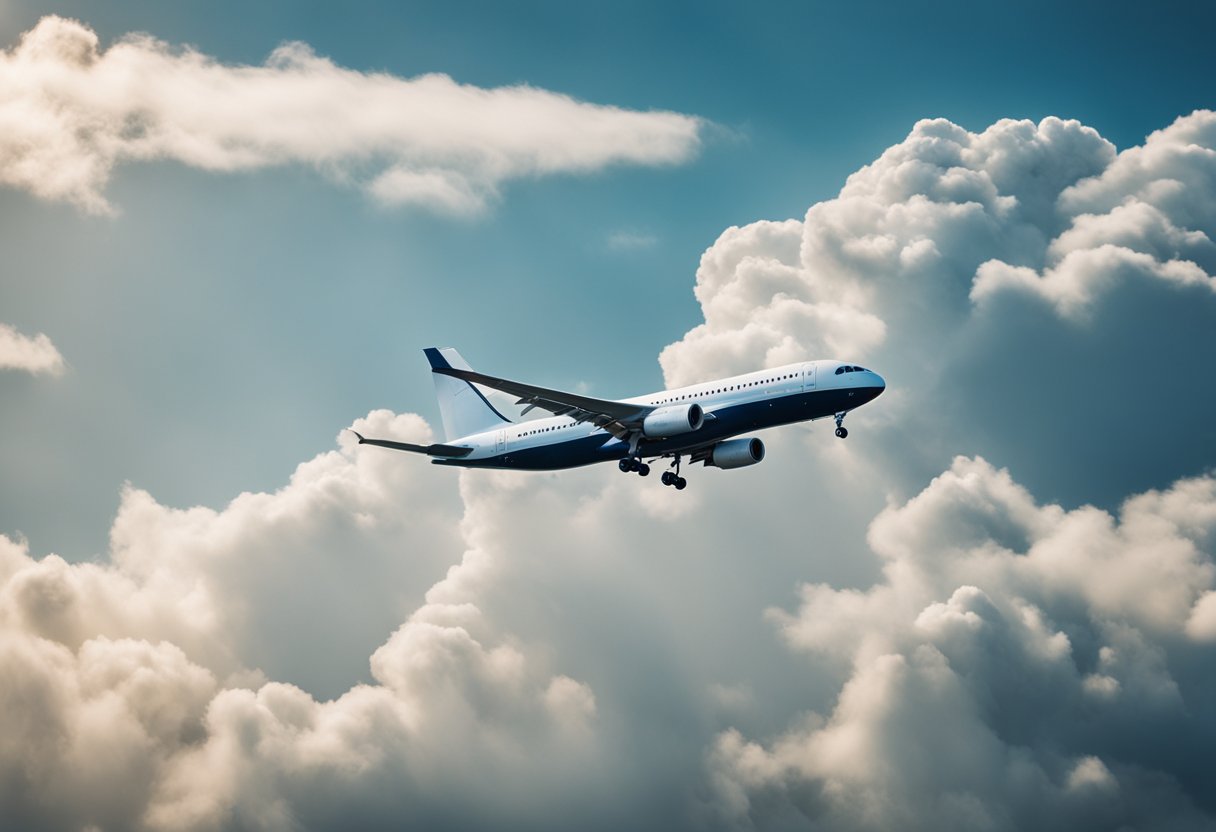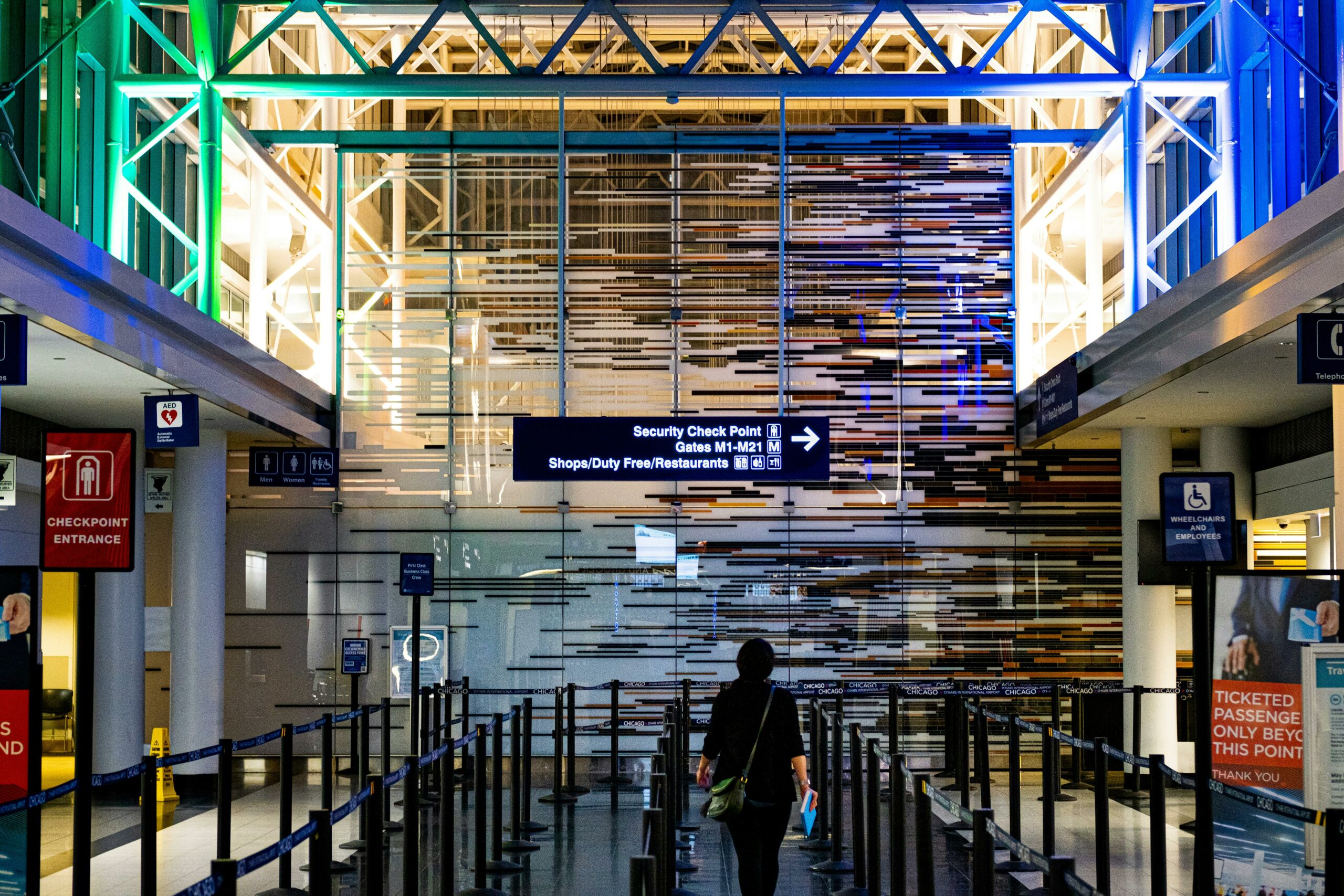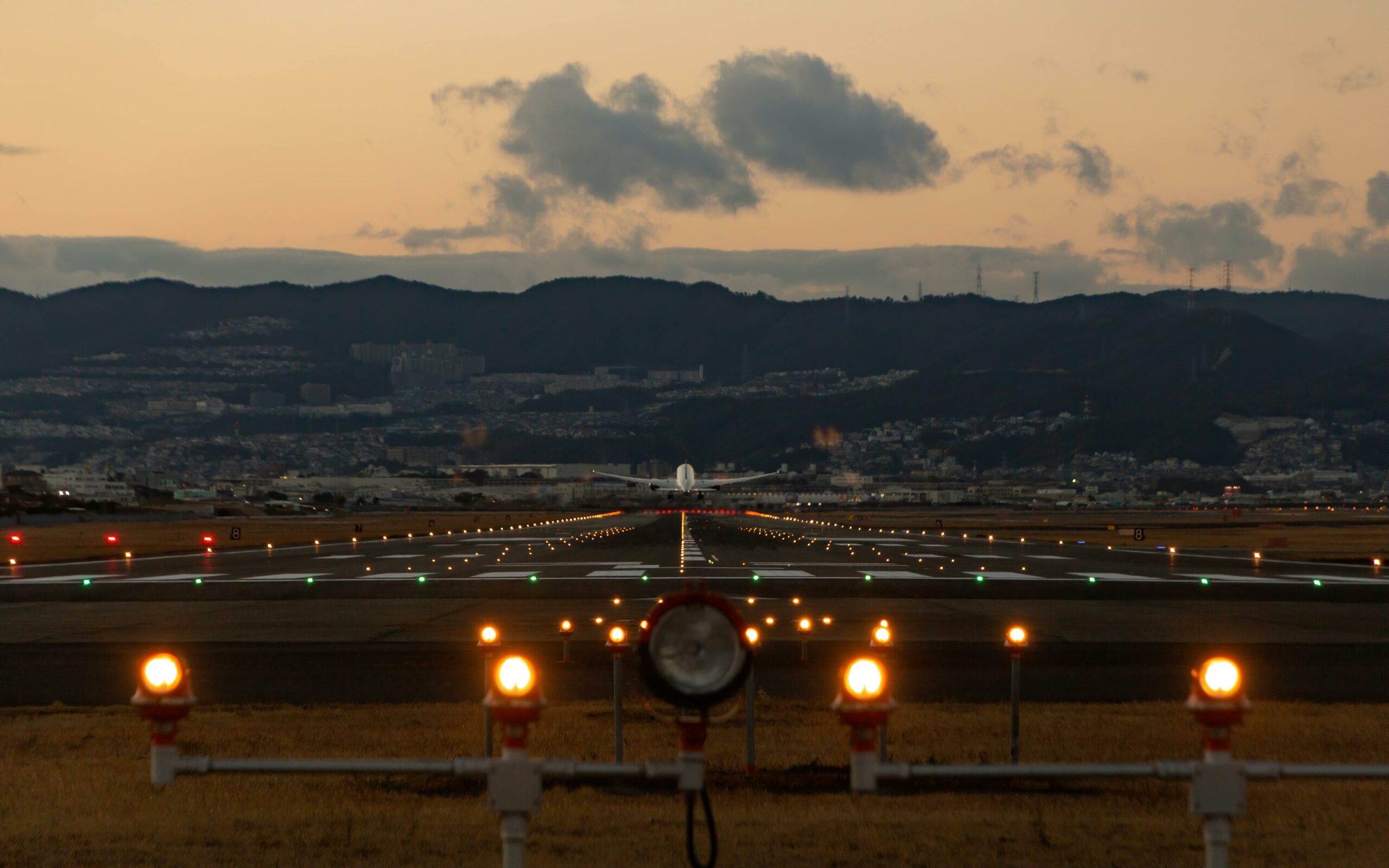Turbulence Forecast Accuracy:
An Expert Analysis

Pilots rely on turbulence forecasts to help them navigate around areas of predicted turbulence. Turbulence is a common occurrence during flights and can cause discomfort and even injury to passengers and crew. But just how accurate are these forecasts? Can they truly predict turbulence with precision?
Weather patterns are notoriously difficult to predict, and turbulence is no exception. While forecasters use advanced technology and modeling to predict turbulence, there are many factors that can impact the accuracy of these predictions. From changes in weather patterns to unexpected turbulence caused by other planes, there are many variables that can impact the accuracy of turbulence forecasts.
Despite these challenges, turbulence forecasts remain an important tool for pilots and airlines. By providing a general idea of where turbulence is likely to occur, pilots can adjust their flight paths and altitude to minimize the impact of turbulence on passengers and crew. As technology and forecasting methods continue to improve, it’s likely that turbulence forecasts will become even more accurate in the future.
Related Posts:
Understanding Turbulence

Turbulence is an irregular motion of air or other fluid that is characterized by chaotic changes in pressure and flow velocity. It is a phenomenon that can occur in any weather condition and at any altitude, but it is most commonly associated with thunderstorms and other convective weather systems.
Turbulence is caused by a variety of factors, including air currents, atmospheric pressure gradients, and the interaction of air masses with different temperatures and humidity levels. It can also be influenced by the physics of fluid dynamics, such as the viscosity and compressibility of air.
There are several different types of turbulence, each with its own unique characteristics and causes. Some of the most common types of turbulence include:
- Clear air turbulence (CAT): This type of turbulence occurs in clear skies and is often caused by wind shear or jet streams.
- Convective turbulence: This type of turbulence is associated with thunderstorms and other convective weather systems.
- Mountain wave turbulence: This type of turbulence occurs when air flows over mountain ranges and can be particularly severe in certain areas.
Despite its unpredictable nature, turbulence can be forecasted with a high degree of accuracy using a variety of tools and techniques. These include weather radar, satellite imagery, and computer models that simulate atmospheric conditions.
Understanding turbulence is an important part of aviation safety, as it can pose a significant risk to aircraft and passengers. Pilots and air traffic controllers rely on accurate turbulence forecasts to make informed decisions about flight paths and altitudes, and to ensure the safety of everyone on board.
Types of Turbulence

Turbulence can be classified into different types based on its intensity and cause. Here are the most common types of turbulence:
Light Turbulence
Light turbulence is the mildest form of turbulence. It causes slight, rhythmic bumpiness that can be felt by passengers but does not affect the aircraft’s stability.
Moderate Turbulence
Moderate turbulence is more intense than light turbulence and can cause the aircraft to bounce around. It can also cause objects to move around the cabin and make it difficult for passengers to move around.
Severe Turbulence
Severe turbulence is the most intense form of turbulence and can be dangerous. It can cause the aircraft to experience sudden, violent movements that can cause passengers to be thrown out of their seats and objects to be thrown around the cabin.
Clear Air Turbulence
Clear air turbulence (CAT) is a type of turbulence that occurs in clear skies without any visible clouds. It is caused by differences in wind speed and direction, and it can be difficult to predict. CAT can be particularly dangerous because it is often unexpected.
Mountain Wave Turbulence
Mountain wave turbulence is caused by the wind flowing over mountains and can be particularly severe. It can cause the aircraft to experience sudden, unpredictable movements.
Overall, turbulence can be unpredictable and can vary in intensity. Pilots can use turbulence forecasts to avoid areas of turbulence, but it is important to always be prepared for unexpected turbulence.
Turbulence Forecasting

Turbulence forecasting is the process of predicting turbulence in the atmosphere. This is done using various models and weather data. Meteorologists use these models to predict turbulence and other weather conditions that can affect air travel. Turbulence forecasting is an important part of aviation safety, as turbulence can cause damage to aircraft and injure passengers and crew.
There are several models used for turbulence forecasting. These include the Graphical Turbulence Guidance (GTG) model, the Turbulence Potential (TURB) model, and the Convective SIGMET (Convective Significant Meteorological Information) model. Each model uses different data and algorithms to predict turbulence.
Weather models are used to predict turbulence by analyzing atmospheric conditions and predicting how they will change over time. These models take into account factors such as wind speed and direction, temperature, and pressure. They can also predict the location and intensity of turbulence.
Meteorologists use these models to predict turbulence by analyzing the data and making predictions based on their experience and knowledge of weather patterns. They also take into account current weather conditions and any other relevant data.
Despite the advances in weather models and forecasting technology, turbulence forecasting is still not an exact science. There are many factors that can affect the accuracy of turbulence forecasts, including unexpected changes in weather patterns and the limitations of current weather models.
In conclusion, turbulence forecasting is an important part of aviation safety. While there are several models and weather data used for turbulence forecasting, it is still not an exact science. Meteorologists use their experience and knowledge of weather patterns to make predictions, but unexpected changes in weather patterns can affect the accuracy of these predictions.
Tools and Techniques
There are various tools and techniques used to forecast turbulence accurately. One of the most common tools is weather radar systems, which can detect turbulence in the atmosphere. These systems provide pilots with real-time information on weather conditions, including turbulence, in their flight path.
Another popular technique is the use of Enhanced Turbulence (EDR) mapping. This technique uses aircraft sensors to measure turbulence and transmit the data to a central system. The system then generates a map of the turbulence, which pilots can use to avoid turbulent areas.
There are also several turbulence tracker tools available, such as the Turbulence Forecast app, which provides pilots with up-to-date information on turbulence along their flight path. These tools use a combination of weather data, aircraft sensor data, and machine learning algorithms to predict turbulence accurately.
Overall, the use of these tools and techniques has significantly improved the accuracy of turbulence forecasting, making air travel safer and more comfortable for passengers.
Related Posts:
Impact on Flight
Turbulence can have a significant impact on flights, affecting pilots, passengers, and the aircraft itself. Pilots rely on turbulence forecasts to make decisions about the flight path and altitude, as well as to ensure the safety of the passengers and crew.
Passengers can experience discomfort and anxiety during turbulence, which can lead to injuries in some cases. Turbulence can also cause damage to the aircraft, such as minor structural damage or damage to the interior fittings.
The impact of turbulence on flight routes can be significant, as it can cause delays and diversions. Pilots may need to alter their flight path or change altitude to avoid turbulence, which can add time and cost to the flight.
Overall, accurate turbulence forecasts are essential for ensuring the safety and comfort of passengers and crew, as well as minimizing the impact of turbulence on flight routes.
Dealing with Turbulence
Turbulence is a common occurrence during flights, and it can be caused by various factors such as weather conditions, air currents, and other atmospheric disturbances. While turbulence can be unsettling for passengers, it is generally not a safety concern for pilots.
Pilots are trained to handle turbulence and have a variety of tools at their disposal to mitigate its effects. They can adjust the altitude, speed, and course of the aircraft to avoid turbulence or minimize its impact on the passengers. In addition, modern aircraft are equipped with advanced technology that can detect turbulence ahead of time and provide pilots with real-time information to make informed decisions.
For passengers, experiencing turbulence can be uncomfortable, but it is usually not a cause for concern. Airlines prioritize passenger safety and have strict protocols in place to ensure that flights are safe, even in the presence of turbulence. Passengers can take comfort in the fact that turbulence is a natural part of flying and that pilots are well-equipped to handle it.
For those with a fear of flying, turbulence can be a source of anxiety. However, it is important to remember that turbulence is a normal part of flying and that pilots are trained to handle it. Passengers can take steps to reduce their anxiety, such as practicing relaxation techniques or distracting themselves with in-flight entertainment.
Overall, while turbulence can be unsettling, it is generally not a safety concern for pilots or passengers. Airlines prioritize safety and have protocols in place to ensure that flights are safe, even in the presence of turbulence.
Conclusion
In conclusion, turbulence forecasts can be a valuable tool for pilots and airlines to anticipate and prepare for potential turbulence during flights. While turbulence forecasts are not always 100% accurate, they can provide helpful information to pilots and airlines to make informed decisions about flight routes and schedules.
Weather plays a significant role in the accuracy of turbulence forecasts, as changes in weather patterns can impact the likelihood and severity of turbulence. Additionally, aviation technology and advancements in turbulence detection and forecasting can also improve the accuracy of turbulence forecasts.
It is important to note that turbulence can still occur even if a forecast does not predict it, and pilots should always be prepared for unexpected turbulence during flights. Overall, while turbulence forecasts can be a helpful tool, they should not be relied upon solely and pilots should always prioritize safety and caution during flights.

